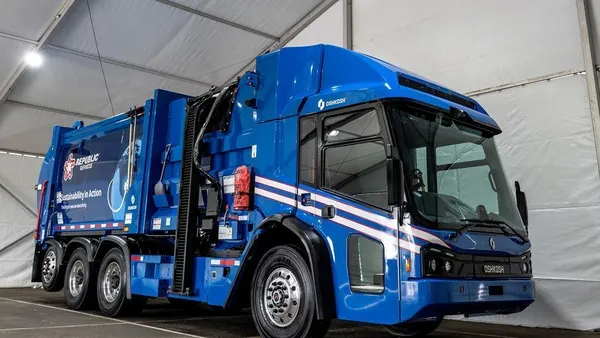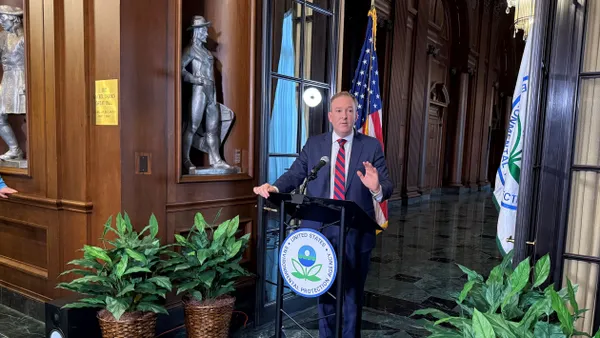A group of environmental and advocacy groups led by the Environmental Integrity Project have petitioned the U.S. EPA for stronger regulations over methane pollution from MSW landfills.
The groups want the EPA to expand requirements for gas collection systems at landfills and impose stricter requirements for directly measuring methane. They also support composting and waste reduction programs for further methane reduction.
EIP’s petition is the latest move from the nonprofit after it reached a settlement agreement with the EPA in February. In that settlement, the EPA agreed to update the model it used to calculate emissions from landfills, which it last updated in 1998. The petition also follows a report EIP released in May that argues landfill methane pollution is undercounted because current emissions models are inconsistent or out of date.
Among the group of 14 petitioners is the Sierra Club and the Chesapeake Climate Action Network, the other two groups who filed the lawsuit against the EPA. Other petitioners include Californians Against Waste, Texas Campaign for the Environment, South Baltimore Community Land Trust, residents who live near a landfill in Louisiana and other environmental groups.
The groups ask the EPA to require more landfills to install gas collection and control systems, including a rule that landfills install gas capture systems within a year of waste being dumped at a site. They also want a requirement that methane flares have at least a 99% destruction efficiency, and they call for the EPA to “support the development” of equipment that can continuously monitor landfill emissions.
Some landfill operators support finding more accurate emissions measurement strategies, which could show they emit less methane and other emissions than environmental groups think. Some are already using technologies such as satellites in an attempt to more precisely measure methane.
The EPA has not yet responded to a request for comment. Back in May, the EPA began work on some of the changes EIP is calling for, such as better accounting for landfill covers and methane plumes, by issuing a proposed rulemaking for the Greenhouse Gas Reporting Program. The proposed revisions include a proposal to factor in periods when a landfill’s gas collection system, cover or flare is not operating as intended. Those changes are slated to go into effect in 2025.
The EPA has also agreed to look at how it estimates releases of some emissions in municipal solid waste landfills, a move that came directly from the settlement agreement with EIP. If it determines updates are needed, it will submit a draft revision to the estimation methods, known as “emission factors,” in January 2024. The final rule is due by Aug. 14, 2024.
Separately, the EPA announced last week it would solicit public comments on a proposal to update its emission guidelines for large municipal waste incinerators.
However, the 64-page petition asks the EPA not to wait “until it is compelled to act,” especially as state governments like California, Oregon and Maryland have issued their own landfill regulations that are stronger than the existing EPA rules, a decision made “in the absence of EPA leadership.”
“Given the climate crisis we are facing, and the potency of methane as a greenhouse gas, it is time for EPA to step up and strengthen its requirements for controlling methane from municipal landfills,” said Leah Kelly, senior attorney for the Environmental Integrity Project, in a statement.
Petitioners also see methane emissions monitoring as an environmental justice issue. The EIP report in May stated that more than half of municipal waste landfills are located in areas where residents are people of color or have lower incomes.
Landfill emissions and air pollution have long had disproportionate impacts on such communities, said Robert Bullard, director of the Bullard Center for Environmental & Climate Justice at Texas Southern University, in the statement. “It’s long past time for the EPA to act and better regulate these plagues on communities and the climate.”















